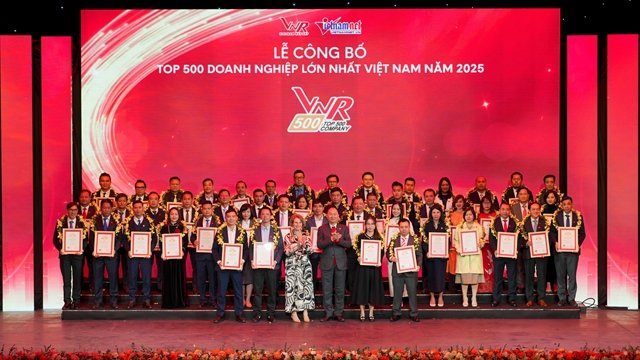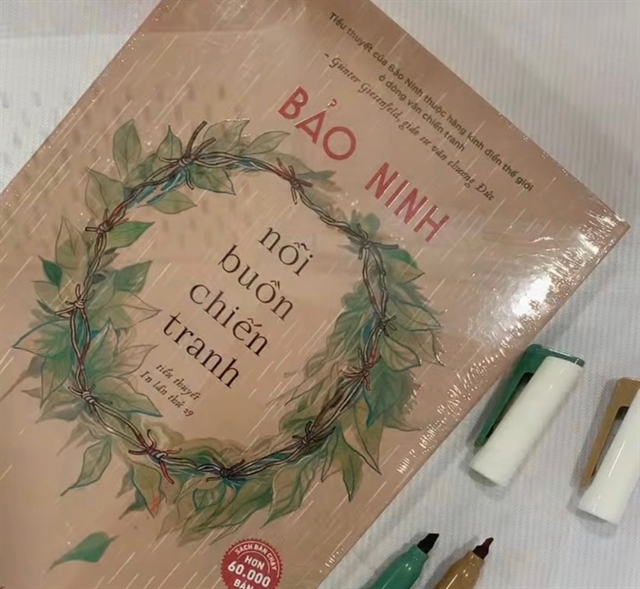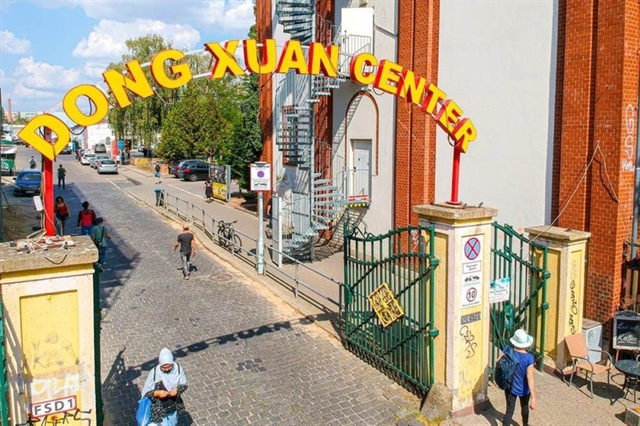 Life & Style
Life & Style

Located in the south of the southern province of Tây Ninh, Trảng Bàng Town is famous for several of local specialties. Among them, bánh tráng phơi sương (dew-soaked rice paper) is a characteristic feature of the province’s culinary culture that is impossible to find anywhere.
TÂY NINH Located in the south of the southern province of Tây Ninh, Trảng Bàng Town is famous for several local specialities.
Among them, bánh tráng phơi sương (dew-soaked rice paper) is a characteristic feature of the province’s culinary culture that is impossible to find anywhere else.
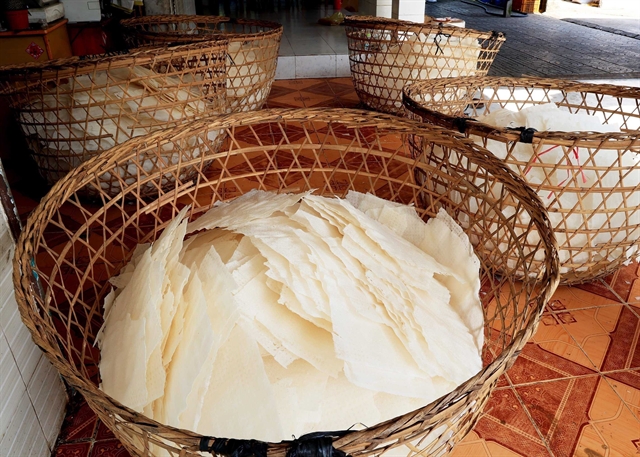
|
| 'Bánh tráng phơi sương'Trảng Bàng' is a characteristic feature of Tây Ninh Province’s culinary culture. — VNA/VNS Photo Hồng Đạt |
Made of rice flour (which can be mixed with cassava flour), the round/rectangular and milky white rice paper is a bit gummy and slightly salty, and its surface features hundreds of tiny bubbles. Bánh tráng phơi sương can be eaten directly without dipping in water or baking until crispy. This rice paper speciality is often used to roll with grilled fish, boiled pork or veal, and wild vegetables.

|
| Instead of using wood, the baking ovens for dew-soaked rice paper, which were originally small aluminium pots, now use only groundnut shells. — Photo mia.vn |
It requires the meticulousness of the rice paper makers to create the specialities that have conquered the taste buds of all foodies.
It’s the rice that defines the quality of bánh tráng. That’s why the rice to make batter must be newly harvested, and of good quality.
Unlike other kinds of rice paper that include sugar, bánh tráng phơi sương Trảng Bàng only uses a moderate amount of salt to create its distinctive salty taste. The rice batter is spread on a piece of cloth and steamed to make a kind of 'thin rice crepe', and is taken outside to dry in the sun for around an hour when it is still wet.

|
| Once the rice papers are baked, they will be placed on long bamboo shelves and exposed to evening dew. Photo mia.vn |
Baking is another special step that creates the typical colour of rice papers. The half-dried rice papers are originally baked in a small aluminium pot, burned by only groudnut shells, instead of using wood.
The taste depends on the baking technique – it should not be overdone or too puffy, and it should only be lightly toasted until the rice papers have small bubbles and turn to a milky white colour.

|
| A woman operates a machine to cut rice paper into pieces. Nowadays, some steps in the making process are automated. — VNA/VNS Photo Hồng Đạt |
Once the rice papers are baked, they will be placed on a long bamboo shelf and exposed to dew at night. The dew-soaking time should not be too long because the papers will be too soft and moist, and not delicious.
It can be said that the makers have to be awake together with their products. They have to wait for the rice papers to absorb the dew, then put them in bags together with pieces of banana leaves to keep them soft.
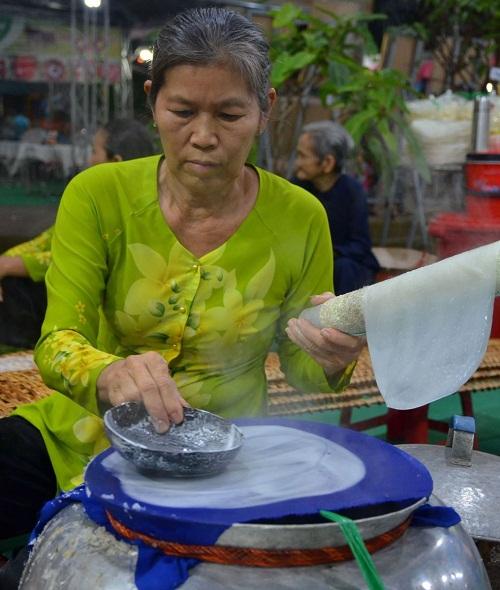
|
| Artisan Phạm Thị Ðương spreads rice batter and steams a rice paper at the 2nd Trảng Bàng Rice Paper Festival in 2018. — Photo langngheviet.com.vn |
Although dew-soaked rice papers look simple, they requires meticulousness and diligence of every maker. Nowadays, some steps in the making process have been supported by machines.
In 2016, the ancient craft of making Trảng Bàng dew-soaked rice paper was recognised by the Ministry of Culture, Sports and Tourism as a National Intangible Cultural Heritage. VNS

